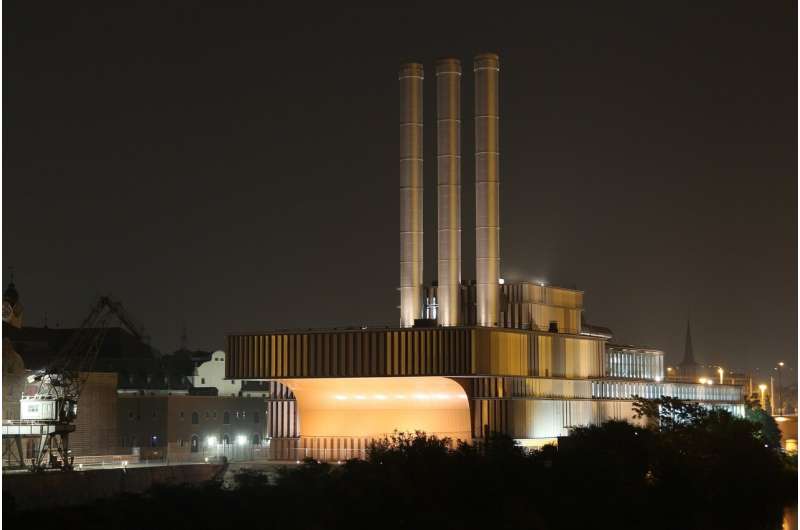Waste incinerator. Credit: CC0 Public Domain
Dioxins are a group of toxic and persistent environmental pollutants. These compounds are formed through a variety of processes but commonly through incomplete combustion of organic matter. Levels are usually monitored in industrial settings for safety reasons using offline laboratory analyses that are carried out periodically. New work published in the International Journal of System Control and Information Processing offers an emission concentration estimate from soft measurements that utilizes a deep forest regression algorithm.
Such an approach could offer a better approach to dioxin monitoring allowing a profile of emission concentrations to be seen almost in real-time in a way that periodic monitoring cannot. As such, this might allow optimal control of the processes to reduce the risk of noxious emissions. The team has validated the predictions made by the trained algorithm with data from a typical industrial process, municipal solid waste incineration, which is well known as an important potential source of dioxins in many places. Their approach provides a rather accurate prediction based on input parameters for the known data from an incinerator.
Municipal solid waste is increasing by up to ten percent annually across the globe. Moreover, given that practical recycling is not possible in many of the world's cities at any meaningful level, waste incineration represents one of the only pragmatic ways of addressing this growing problem. But, the issue of pollution must also be addressed if incineration is not to cause more problems than it solves. Of course, the heat generated by municipal waste incineration can itself be put to good use in heating local buildings or generating electricity.
More information: Tang Jian et al, Soft measurement of dioxin emission concentration based on deep forest regression algorithm, International Journal of System Control and Information Processing (2021). DOI: 10.1504/IJSCIP.2021.117695
Provided by Inderscience























